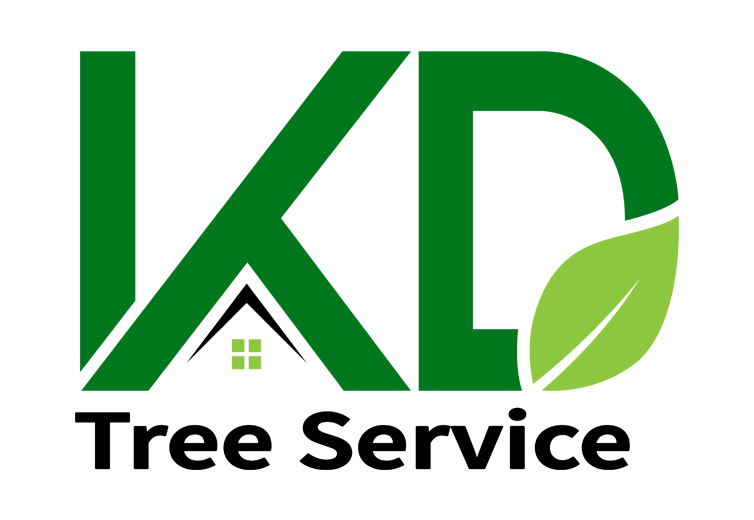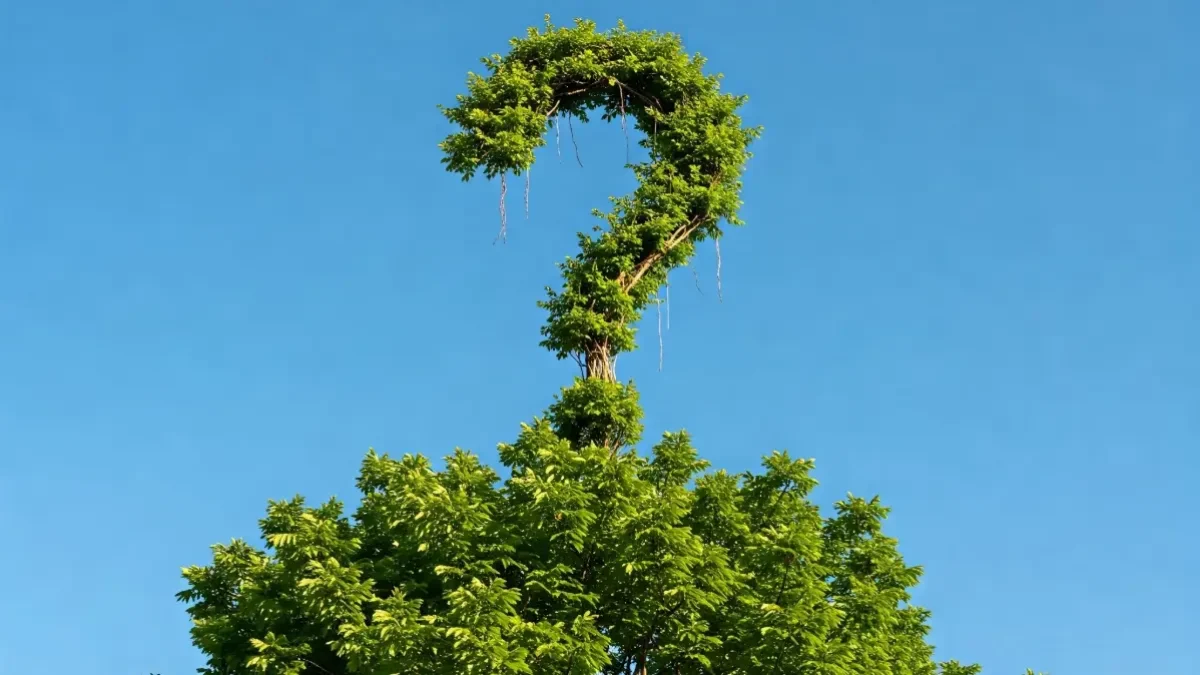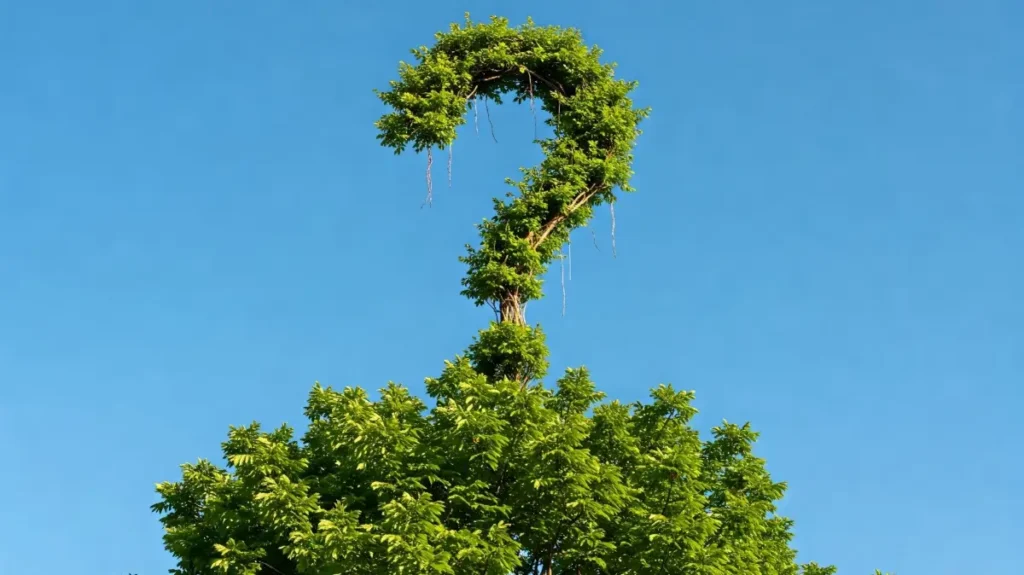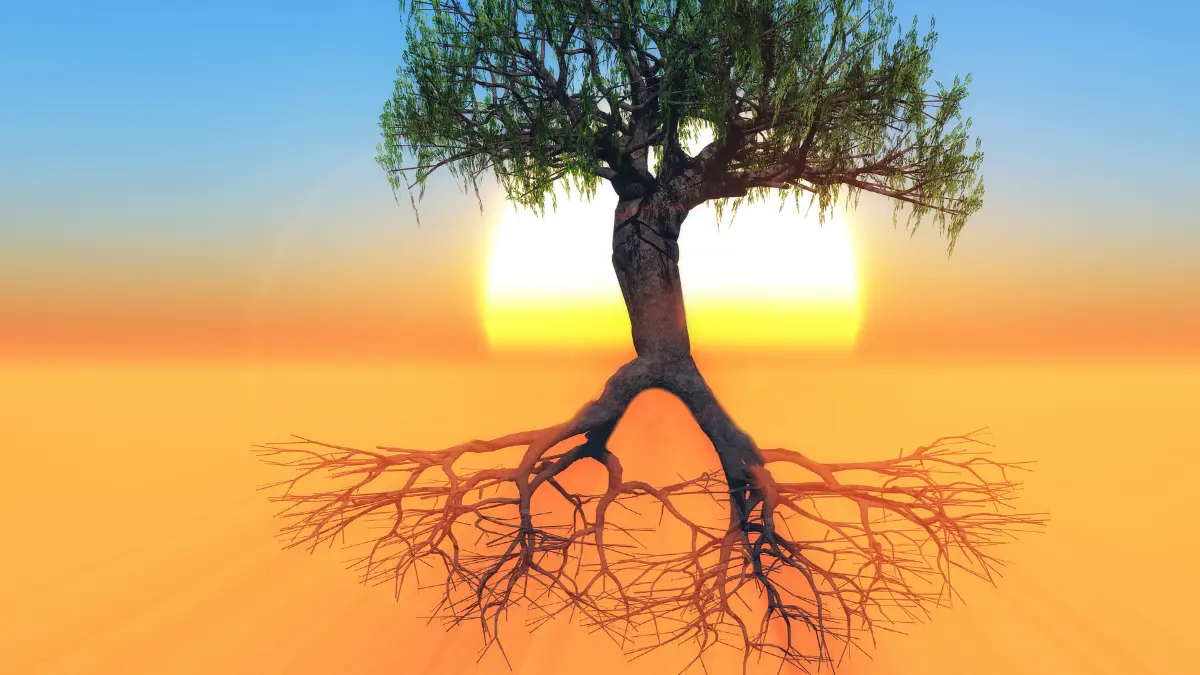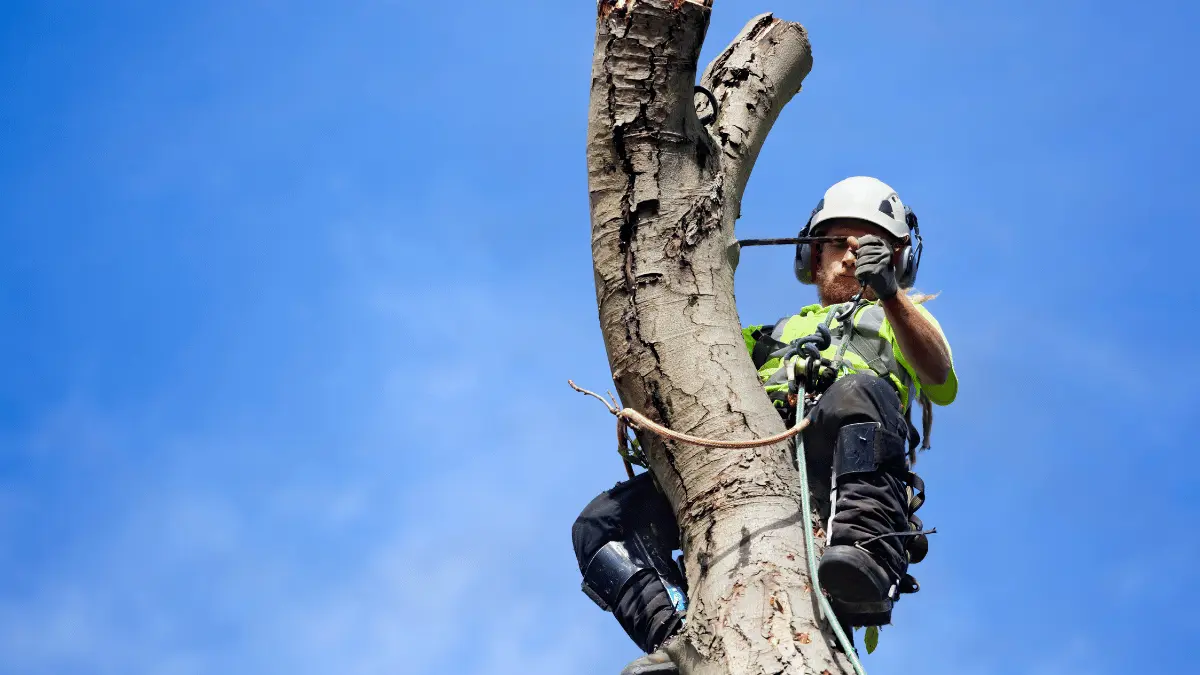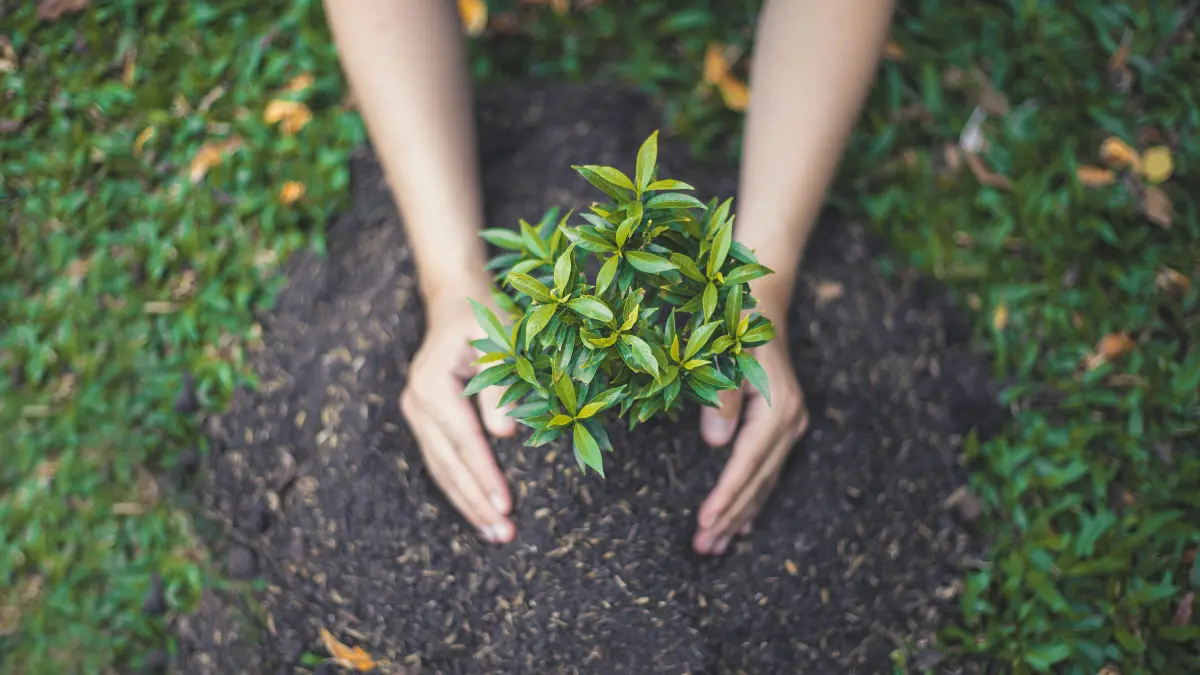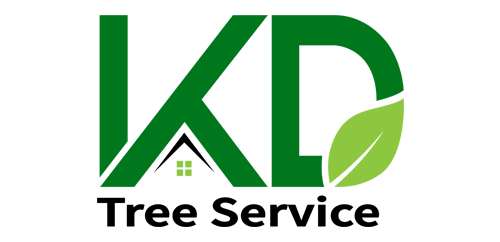Most of the time, people love to grow a healthy green garden because it adds beauty to the property, and a well-maintained, healthy yard always improves the curb appeal. However, sometimes you need assistance from professional tree care services to maintain and keep your garden in good shape. So, you may wonder how to choose a suitable tree care service. Don’t worry.
In this guide, we’ll answer the most common FAQs about tree services, from tree removal to pruning and storm preparation. Whether you’re curious about permits or looking for professional tree care tips and FAQs, this article will provide clear, reliable answers.
So, let’s check what we’ve summarized for you.
How Much Does Tree Removal Cost?
Sometimes, it becomes necessary to remove trees from our garden. Usually, most people think tree removal is a bit expensive and that can be true. But the cost can vary depending on several common factors, like the size of the tree, its location, and the complexity of the job. If you need emergency tree services, the price is usually higher as well.
Tip: It’s always a good idea to ask for an estimate before you proceed with the project. This way, you can get a clear idea of the costs involved and avoid surprises.
When Should I Remove a Tree from My Property?
Many people ask, When is the best time to remove a tree?
There are a few clear signs that tell you it’s time to remove a tree. If the tree is diseased, leaning dangerously, or has a lot of dead branches, it could be a serious risk to your property and safety. In some cases, trees can fall unexpectedly, especially during storms, so keep an eye on these warning signs.
When it comes to the best time for removal, late winter or early spring is often recommended because trees are usually dormant, making the job easier. However, in emergencies. like storm damage or sudden leaning; don’t wait. Emergency tree removal should be done immediately to prevent accidents or property damage.
What’s the Difference Between Tree Trimming and Tree Pruning?
Tree Trimming and Tree Pruning are often confused, but they serve different purposes in maintaining tree health.
- Tree Trimming is focused on improving the appearance and shape of the tree. It involves cutting back overgrown branches and leaves to create a tidy look and prevent safety hazards.
- Tree Pruning improves tree health. It involves removing dead, diseased, or damaged branches to encourage better growth and prevent the spread of disease.
Both practices help enhance the tree’s appearance and overall health, but pruning is more beneficial for long-term tree care. Regular tree trimming maintains the tree’s shape, while tree pruning supports strong, healthy growth.
Do I Need a Permit to Remove a Tree in My Area?
When it comes to tree removal, you may have this question: Do I need a permit for tree removal?
The answer depends on local regulations. Many cities or counties have specific rules in place, especially for larger or protected trees. These regulations ensure that trees are removed responsibly and that important ecosystems aren’t disturbed.
To determine if you need a permit, reach out to your local zoning or public works department. They will inform you of the specific requirements, including any necessary paperwork or fees. Be sure to check with local authorities before proceeding, as removing a tree without a permit could result in fines.
How Can I Tell if My Tree Needs to Be Removed?
When discussing tree health and maintenance questions, one of the most common inquiries is,
“How can I tell if my tree needs to be removed?” Typically, signs like dead or rotting branches, cracks in the trunk, leaning, or fungal growth may indicate the tree should be removed. If these issues pose a risk to lives or property, removal is essential. If you’re unsure whether the tree should be removed, it’s a good idea to contact a professional tree care service.
They can provide expert advice, ensuring the safety of your family and property while making the best decision.
What’s the Best Time of Year to Prune or Trim My Trees?
When considering how often you should trim your trees, it’s essential to follow seasonal guidelines. The best time for pruning is typically during the winter months when the tree is dormant. This allows for more controlled growth in the spring. Summer trimming, on the other hand, helps maintain the shape and size of trees, but it should be done carefully to avoid stress during the growing season. Proper pruning and trimming promote tree health, prevent disease, and improve safety by removing dead or weak branches.
Tip – Timing matters, ensuring the right seasonal care will lead to healthier, stronger trees.
For homeowners aiming to boost curb appeal and tree health, our guide on Tree Trimming Best Practices for a Healthier Landscape offers essential tips for safe and effective pruning.
How Do I Prevent My Trees from Being Damaged During a Storm?
To prevent storm damage, professional tree care tips and FAQs recommend regular maintenance. Before a storm, inspect trees for weak branches or signs of disease, and remove any potentially hazardous growth. Regular trimming and pruning help maintain the tree’s structure, ensuring it can better withstand strong winds. Additionally, ensure trees are properly watered and mulched to maintain healthy roots.
It’s also important to consider the tree’s location; keep it away from structures or power lines to minimize damage risks during storms.
If you need all the details about how to safeguard your home from storm-damaged trees, please go through How to Protect Your Trees from Harsh Winter Weather We’ve got you covered.
What’s the Difference Between Stump Grinding and Stump Removal?
Stump grinding and stump removal are two methods for removing tree stumps. Stump removal FAQs highlight that stump removal involves completely digging out the stump and roots, which can be a more invasive and costly process. On the other hand, stump grinding grinds the stump down to a few inches below the soil level, leaving the roots intact. Grinding is quicker and less expensive, but may leave the tree roots to potentially sprout new growth. The choice depends on factors like cost, time, and whether the area will be used for planting or construction.
If you need any further details about the difference between stump grinding and stump removal,
Check out our detailed guide on Stump Grinding vs. Stump Removal: Which One is Right for You? to make the best choice for your landscape.
How Do I Find a Reliable Tree Service Provider?
When looking for a tree service provider, the frequently asked questions describe the importance of checking certifications, insurance, and customer reviews. Ensure the provider is licensed and follows safety standards. Ask for references or photos of past work, and verify if they have proper liability insurance. Professional expertise is crucial for tree health and safety, so choose a provider with a solid reputation for quality work and reliable service.
Is Tree Removal Covered by Homeowners Insurance?
Homeowners insurance may cover tree removal under certain circumstances. Tree removal questions indicate that if the tree is damaged by a storm or causes damage to your property, insurance might help with the cost of removal. However, insurance typically does not cover tree removal for aesthetic reasons or when a tree is healthy. In emergency cases, such as tree removal required after a natural disaster, insurance might offer some financial assistance.
Always review your policy and consult with your insurer to understand what’s covered.
If you’re wondering whether tree removal is covered by homeowners insurance, this article explains the circumstances in which homeowners insurance may cover tree removal and what to consider before making a claim.
So, with these 10 questions, we believe most of your tree care concerns are solved. But we understand you might still have a lot on your mind. Don’t worry! We have a solution for you.
You can contact the professional tree care service, KD Tree Service, for friendly customer service and get answers to all of your questions. The best part? They’re offering free estimates for each and every service!
So, what makes KD Tree Service stand out?
- Certified Arborists with Advanced Expertise – Their skilled professionals have extensive knowledge of tree health, disease management, and proper care techniques.
- Transparent and Competitive Pricing – No hidden fees—just honest pricing for top-quality service.
- Customer-Focused Solutions – They prioritize your needs, providing personalized care for your trees.
- Extensive Tree Health & Care – They offer comprehensive tree care from inspections to treatments.
- Sustainable and Eco-Friendly Practices – They focus on environmentally responsible methods to maintain a healthy landscape.
- On-Time, Reliable Service – Count on them for prompt and dependable tree care.
With KD Tree Service, you get the best care available in your area. So why wait? Don’t wait until it’s too late! Contact KD Tree Service today and ensure your yard stays green and thriving all year round.
Call us now for a free estimate! Your trees deserve the best care.

